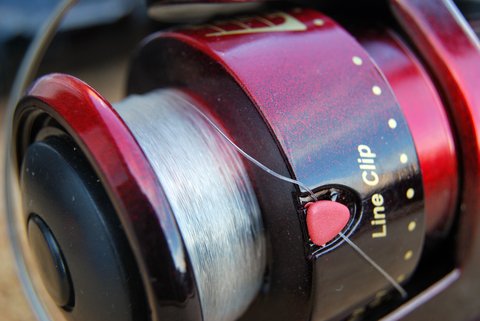
Dirt, grime, grit and sand are among the forces at work trying to ruin the performance of your fishing reels, not to mention fish oil and human hand oil. They build up gradually and find their way into the most sensitive parts of a reel. Without intervention they can turn an expensive, precision piece of equipment into a squeaking, grinding pile of junk.
A quality fishing reel is a hefty investment and one of the most important pieces of equipment an angler owns. Taking the time for proper reel maintenance will protect your investment and assure a high level of performance for decades.
Far too many anglers buy a reel, put it on the rod, and ignore its maintenance until it begins chirping or seizes up. Ideally reels should be disassembled, cleaned and lubricated two or three times a season under heavy use, but a thorough cleaning and lube once a season is adequate for most anglers.
Disassemble the reel
The first step in the maintenance process is disassembling the reel. Select an uncluttered, well-lighted workspace. Have the owner’s manual close at hand for reference and begin removing parts in a methodical manner. One of the best strategies is to place parts on a cloth or towel in the order in which they were removed.
Break down grease
Once disassembled, parts should be cleaned with a soap that breaks down grease like dishwashing liquid or a mechanical spray like Simple Green. Rinse the parts thoroughly to remove any residue from the degreasing agents. Once clean, parts should be dried thoroughly.
Re-assemble and lubricate
The next step is re-assembly and lubrication. Most owners’ manuals provide instructions on applying lubrication. Grease should be applied to gears and oil should be used on bearings and other moving parts like the worm drive and spool spindle on baitcasting reels, and the bail arm screws and ball roller on spincasting reels, as well as the finger grips on all reels. Use enough lubrication, but be sure not to over-lubricate parts. Too much grease or oil also can affect a reel’s performance.
Choose the right grease
Choosing the right grease and oil is an important step in the process. Most reel manufacturers offer their own brands of lubricants, which are specially formulated for reels. Tackle dealers often can recommend other lubricants that they have found to work well on reels. Once the reel is completely re-assembled, test it to make sure everything is working properly and running smoothly.
Remove reel from rod
In addition to an annual thorough cleaning, there also are some steps anglers can take during the season that will dramatically increase the life and performance of a reel. The most important step is to remove the reel from the rod after each fishing trip. The reel should be wiped down and placed in a reel case. This simple step drastically reduces the chances a reel will be dented, scratched or otherwise damaged. It also helps prevent dust and other dirt from building up during transport or storage.
Lubricate outer parts
During the season, outer moving parts should be sprayed regularly with a light lubricant to keep them in proper working order. Be sure to cover or remove the spool before spraying any parts, because lubricants will damage monofilament line.
Loosen drag before storing
Lastly, loosen the drag before storing the reel. This reduces the stress on drag washers and increases the life of the drag system.








